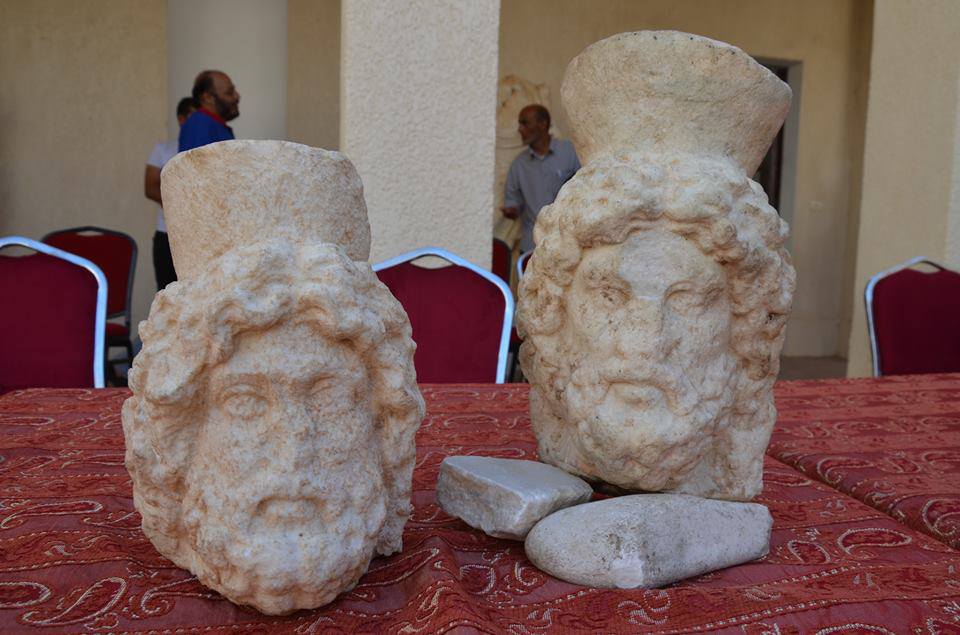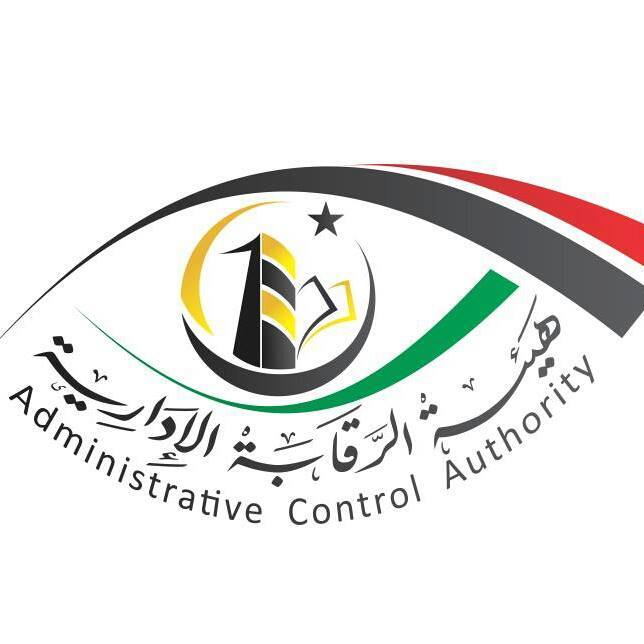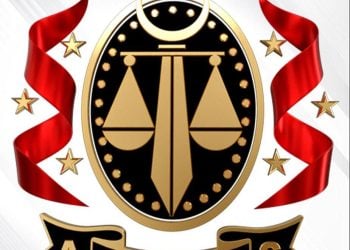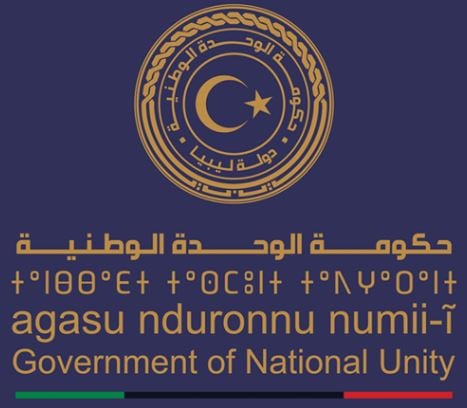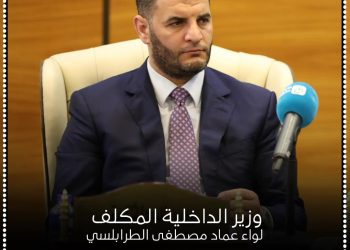By Houda Mzioudet.

Tripoli, 21 June, 2013:
A ceremony to celebrate the return of two stolen statue heads was held in the ancient city . . .[restrict]of Sabratha yesterday. The Minister of Culture, Habib Al-Amin, and chairman of the Department of Antiquities, Saleh Agab, both attended and representatives from the UN’s educational, scientific and culture organisation UNESCO – invited by the Local Council of Sabratha – were also present.
Officials from the local council and UNESCO gave awards to 25 former freedom fighters and civil society members, who successfully helped to catch the smugglers and return the stolen artefacts. Amongst the recovered items were the two statue heads taken in March this year from Sabratha’s classical museum. Both statues were damaged during the theft.
The head of the UNESCO office in Libya, Ludivico Folin-Calabi, told the Libya Herald that the event was well-timed, as UNESCO is currently working with the Department of Antiquities on: “A wide technical assistance programme for the protection of cultural heritage in Libya.”
UNESCO is committed to preventing and fighting the illicit trafficking of archaeological artefacts in Libya, in cooperation with international organisations including Interpol, Folin-Calabi said. He added that UNESCO had a strong commitment to cooperating with Libya on maintaining and protecting the country’s cultural sites.
Ten days ago, Libyan police – working in coordination with the First Infantry Battalion Libya Shield – arrested a network of smugglers believed to have been involved in the theft of these statue heads.
Sabratha, one of five UNESCO world heritage sites in Libya, has lost countless artefacts because of the inadequate security measures in place. Another statue head, that of Flavia Domitilla Minor, the daughter of Emperor Vespasian, was stolen from Sabratha in 1990 and only returned to Libya last year. [/restrict]
